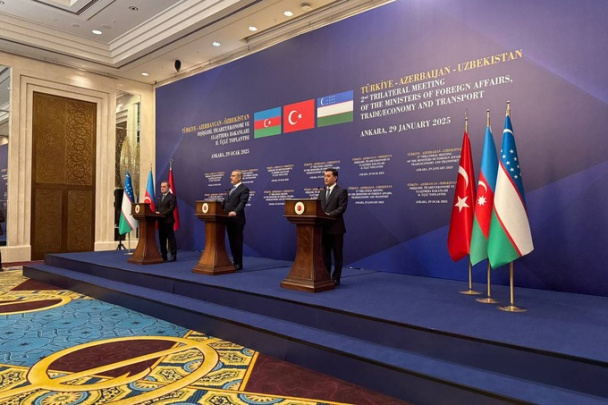In its first economic forecast since the war began, the EBRD has cut its growth forecast for 2022 for the regions where it operates by more than half – to 1.7%, down by 2.5% on its previous forecast.
The GDP growth rate in the Central Asian region in 2022 was previously projected at around 4.8%, while updated forecasts show that economic growth will be 3.2%. The GDP growth forecast for Uzbekistan fell from 6% to 4%, for Kazakhstan from 3.8% to 2%, for Kyrgyzstan from 5% to 1%, and for Tajikistan from 6.2% to 3%.
Describing the effects of the war as ‘the greatest supply shock since at least the early 1970s,’ the Bank predicts that the increased cost for commodities such as food, oil, gas and metals will have a profound impact on economies, particularly those in lower-income countries. Russia and Ukraine supply a disproportionately high share of commodities, including wheat, corn, fertilizer, titanium and nickel.
The EBRD works in many emerging economies, stretching across eastern, central and south-eastern Europe, Central Asia, Turkey and the southern and eastern Mediterranean. The new forecasts are based on a series of assumptions about events in the coming months, and therefore have a high degree of uncertainty.






